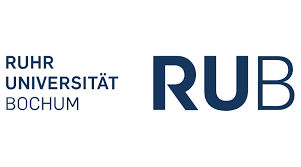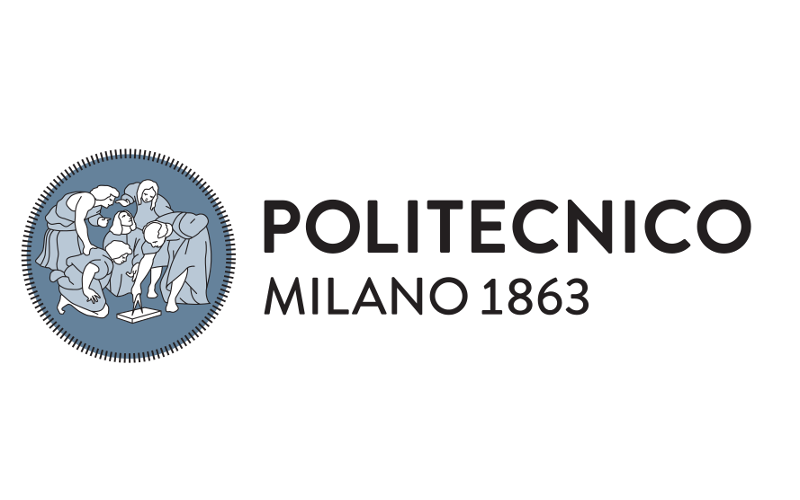Thematic workshop on Thermodynamic Modeling
Bio
Ian Bell received his PhD in mechanical engineering at Purdue University in 2006. He then carried out a postdoctoral research project at the University of Liège in Liège, Belgium in which he was the primary developer of an open-source thermophysical property library similar to NIST REFPROP. Since 2015 Ian has been employed at NIST Boulder. His recent work at NIST has two main directions: the development of very reliable algorithms for working with and developing highly accurate thermodynamic models for fluid mixtures and entropy scaling, a means of bringing together thermodynamics and transport properties.
Abstract
The overall topic of this thematic workshop is a description of the models that underpin the state-of-the-art thermophysical property libraries, and how these properties can be retrieved in a computationally efficient manner. The emphasis will be placed on the use of the REFPROP property library developed at the National Institute of Standards and Technology (NIST).
The first topic of the tutorial session will be a theoretical description of how the models (equations of state, mixture models, transport property formulations, etc.) are constructed. The emphasis of this section will be to describe the theory in a way that is relevant to end-users, such that they can understand the implications of these model formulations on their own code.
Secondly, it will describe the use of the NIST REFPROP library to calculate the parameters of interest, including thermodynamic properties, derivatives of thermophysical properties, mixture phase envelopes, etc. An emphasis will be placed on the different means that can be used to maximize computational efficiency.
Finally, it will present some means to further improve the computational throughput of the evaluation of thermophysical properties. It will be shown how tabular interpolation methods of CoolProp can achieve computational speeds for fixed-composition mixtures from REFPROP on the order of pseudo-pure fluids. This should be of particular interest to researchers that are carrying out dynamic simulation or computational fluid dynamics studies.









